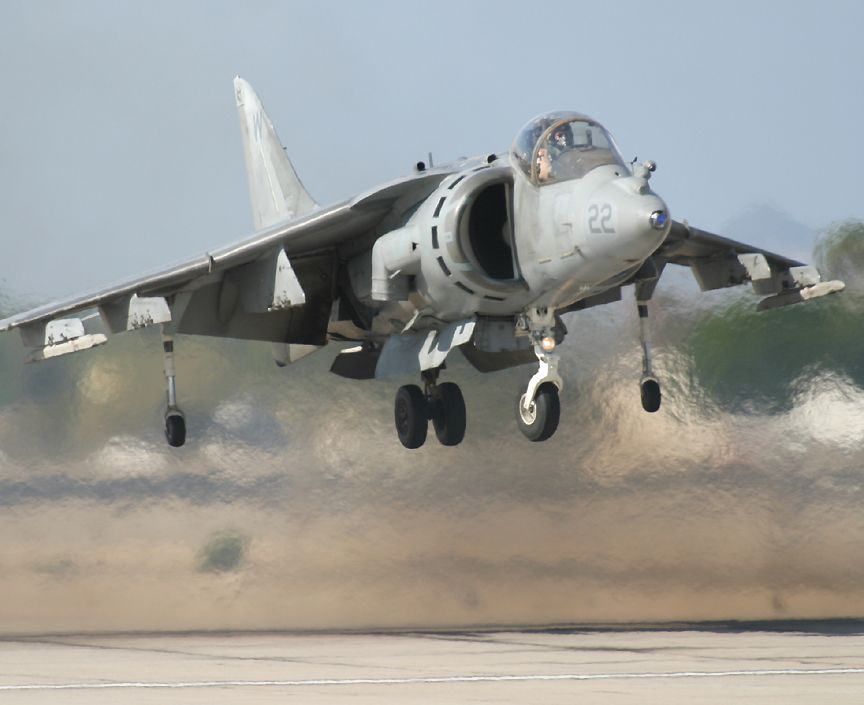- Wed Oct 22, 2008 10:34 am
#363073
Basically they say that once the wheels overcome basic friction the thrust generated by the engines acts like normal and the plane moves forward as it normally would. Thus generating lift. It's still wrong though. And they DO have weird facial hair.
The Andyctionary wrote:Andy B: Very lazy, flirtatious person with wonderful hair who does not resemble prince charming. Very sarcastic so if something he posts seems stupid it's probably deliberate. Aspirations of global dictatorship so you'll probably first against the wall come the revolution.
 chrismoyles.net
chrismoyles.net






